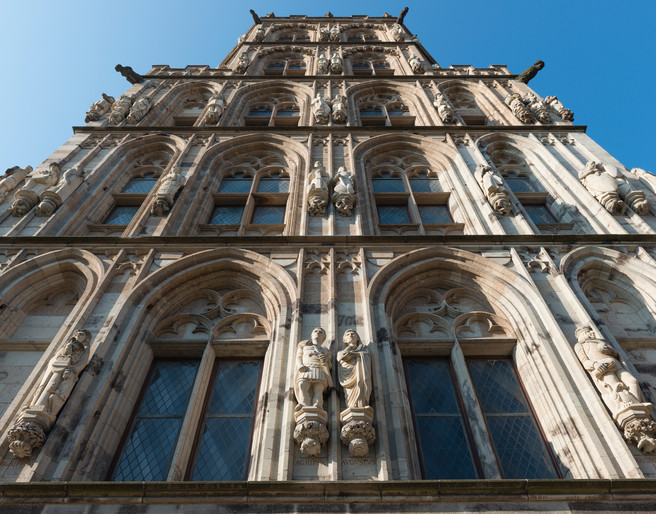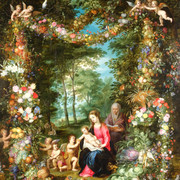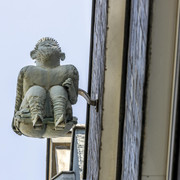Photos & Map
How would you like to arrive?
Details
Useful Information
Nearby
Useful Information
Openings
Dayoff: Saturday, Sunday, Closed all holidays
General Information
Parking Available
Bus stop available
Eligibility
Bad Weather Offer
Suitable for any weather
for Groups
for Class
for individual guests
Payment methods
Entrance Free
Parking facilities
The walk from the stop Rathaus (Tram: 5) to the Historic City Hall takes about 2 minutes.
Our recommendations
Nearby










